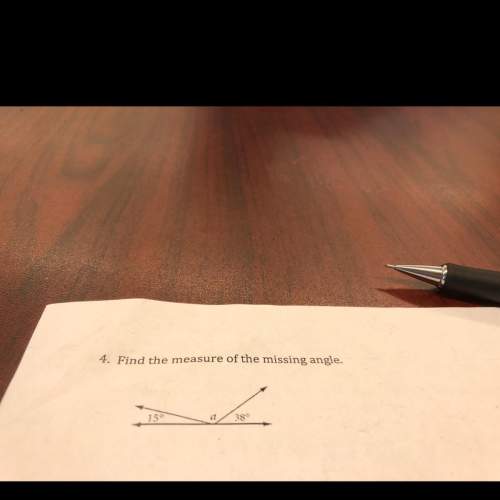
Mathematics, 15.02.2021 20:50 jrbskso
Your firm has developed a new product aimed at the European and Asian markets. For each of these two markets, you have identified two possible sales scenarios, called "good" and "bad", with the following probabilities:
Europe Good Europe Bad
Asia Good 0.55 0.15
Asia Bad 0.20 0.10
That is, there is a 55% chance the products sales will be good in Asia and Europe, a 15% chance they will be good in Asia but bad in Europe, and so forth.
You have four possible courses of action:
• Introduce the product simultaneously in Europe and Asia.
• Introduce it in Asia first. After it becomes apparent whether sales are good or bad, decide whether to introduce it in Europe, one year later.
• Introduce it in Europe first. After it becomes apparent whether sales are good or bad, decide whether to introduce it in Asia, one year later.
• Abandon the product.
The NPV's of the various scenarios are as follows, in millions of US dollas
Immediate Introduction After one year
Good Bad Good Bad
Asia 120 -205 +117 -205
Europe +105 -200 +102 -200
For example, "good" sales in Asia mean an NPV of S120 million if the product is introduced in this year, and S117 mlo i the product is introduced next year. In either year, "bad" sales mean an NPV of-$205 ml The information for Europe should be interpreted similarly
A) Calculate:
1) The probability of good sales in Asia The probability of good sales in Europe.
2) The probability of good sales in Asia, given that good sales are observed in Europe.
3) The probability of good sales in Asia, given that bad sales are observed in Europe.
4) The probability of good sales in Europe, given that good sales are observed in Asia.
5) The probability of good sales in Europe, given that bad sales are observed in Asia.
B) Use a decision tree to determine the best introduction strategy for the product from the standpoint of EMV. State the optimal policy and its EMV.

Answers: 2


Other questions on the subject: Mathematics

Mathematics, 20.06.2019 18:04, anglekhan101
On a coordinate grid, point p is at (4, 3) and point r is at (−2, −5). points q and s are a reflection of both points across the x-axis. what are the coordinates of q and s? q(−4, 3), s(2, −5) q(4, −3), s(−2, 5) q(−4, −3), s(2, 5) q(−4, 3), s(−2, 5) ; -; i can't figure it out, if someone can me with the answer, that would be nice
Answers: 2

Mathematics, 21.06.2019 17:00, mckennayoshz
There are 15 plates and each plate is either 7 or 12 inches diameter. which systems of equations do you use to find the number of 7 inch plates, x and 12 inch plates, y
Answers: 1

You know the right answer?
Your firm has developed a new product aimed at the European and Asian markets. For each of these two...
Questions in other subjects:



Mathematics, 05.05.2020 05:48

Mathematics, 05.05.2020 05:48






Chemistry, 05.05.2020 05:48





















